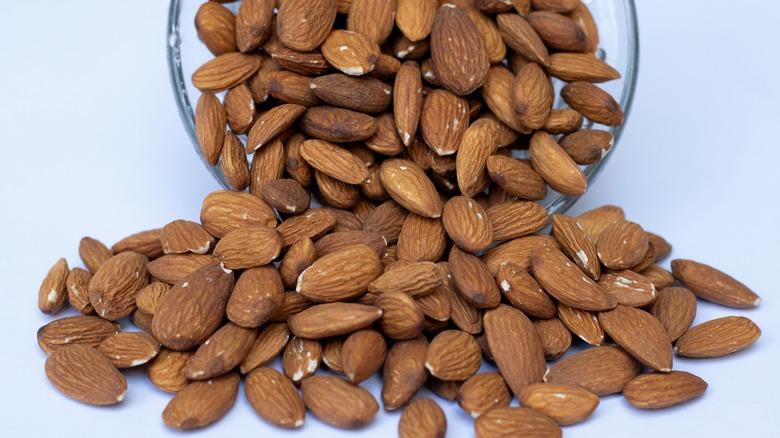Why Calorie Labels Are Sometimes Inaccurate
We track them, count them, and often demonize them, but calories are both mysterious and misunderstood.
As Popular Science explains, calories are units of energy; specifically, a calorie is the amount of energy it takes to raise a liter of water by 1 degree Celsius. The formula for how we determine that was created in the late 18th century by chemist Wilbur Olin Atwater, who literally blew up food and feces in a special water heating measuring device. While it did give a decent baseline of how much energy certain types of foods — specifically fat, carbohydrates, protein, and fiber — can potentially provide our bodies with, it is far from exact and there are many variables.
For example, while the U.S. FDA requires that food products include calorie labels, the agency also allows for a 20% margin of error, which means that some foods are actually higher in calories than they claim to be, while others are surprisingly lower. This is partially because accurate calorie counts are incredibly difficult to get (via Discover Magazine).
Go with your gut
In addition to the inaccuracies on labels, there are other reasons calorie counts may not be correct. Scientific American explains that calorie counts are really only ballpark figures because, simply put, no two things are exactly the same — no two foods, no two portions, and no two people.
Atwater's calorie calculations were based on the difference in the amount of calories in the food that was eaten and the amount of calories in the waste product after it had been thoroughly digested. Some of the factors this measurement did not account for are how many calories from the food are burned up by the body in order to digest it, including the energy we have to share with the microbes in our gut, which do some of that digesting for us.
Stomach microbes, otherwise known as our gut biome, differ from person to person, based on genetics and environment. Different microbes break down different foods more efficiently than others, and no two people have the exact same composition of microbes hanging out in their digestive tracts. Similarly, there is significant variation in the amounts and types of enzymes produced in the body, meaning certain individuals will retain more calories from foods than others, and some people will metabolize calories faster when exercising.
Preparation matters
Scientific American also notes that the way in which people digest and get energy from food depends as much on the food as it does on their bodies.
Cooked food can be easier to digest than raw food, because cooking the food breaks down some of the food's tougher elements (via Men's Health). This means our bodies absorb more calories from cooked foods. Very Well Fit illustrates this point with almonds. Nuts are a food that are noted to be high in fat, but they can also be difficult to digest. Eaten raw, we actually consume fewer calories than marked on the package because our digestive systems can't crack into their tough cell walls. However, when roasted or ground up into butter, they become slightly higher in calories because the processing helps to release the natural, healthy fats.
This also holds true for easier-to-digest products like bread and cheese. Another study illustrated by Very Well Fitness explains how two sandwiches — sliced cheddar on whole wheat bread and spreadable cheese product on white bread — are processed differently by the body. Overall, while the two sandwiches had the same calorie count on paper, people who ate the whole wheat sandwich absorbed fewer calories than those who ate the sandwich with more processed ingredients.


